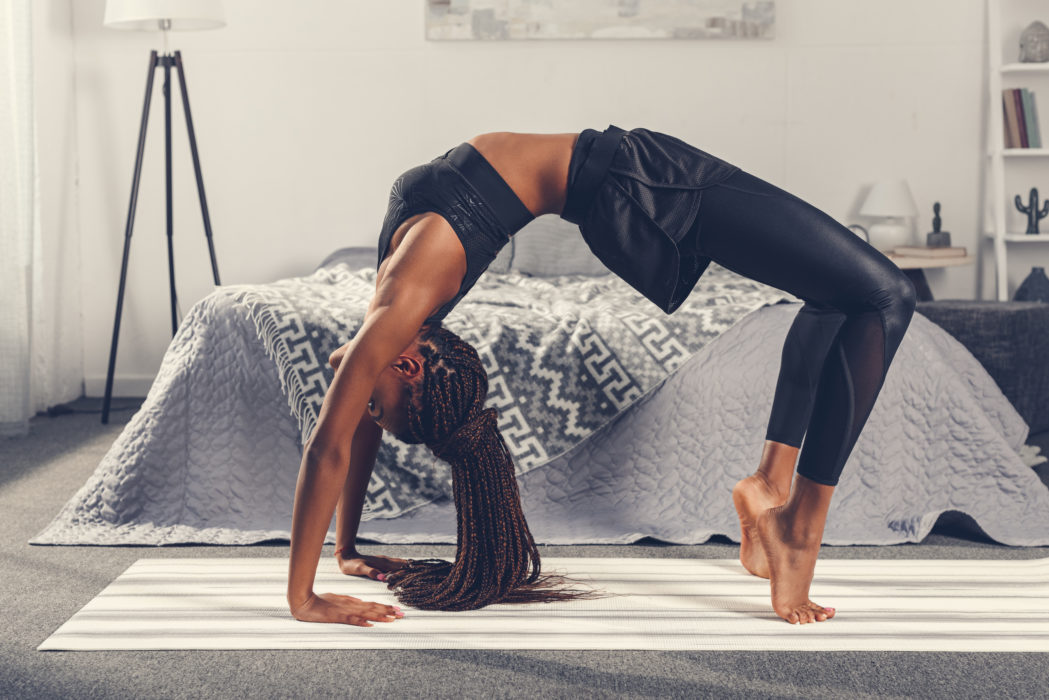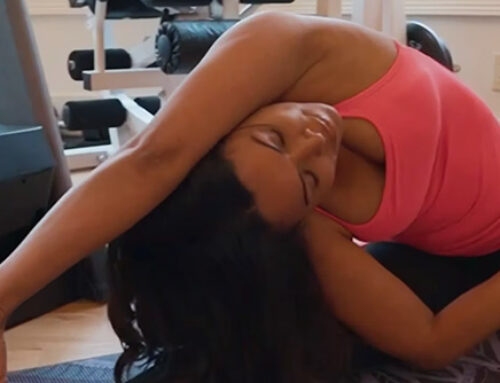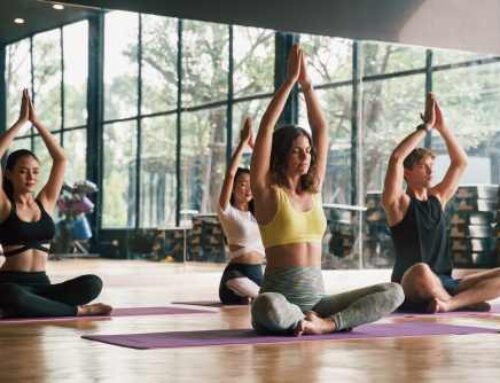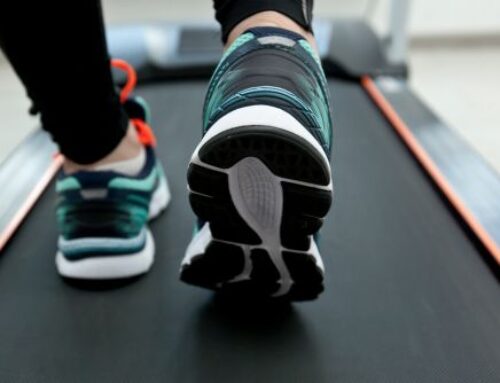Upward Bow Pose is not for the faint of flexibility: just looking at pictures of the pose may make you wince! But it is for the faint of heart because this pose is a fantastic heart-strengthener, lung-opener, and energy-booster. Our frozen spines, locked into sitting positions, need this release. If you have weak arms and legs, you may have trouble getting into Upward Bow. That’s because you need it!
To stretch and strengthen your extremities as you open your chest wide enough to even treat symptoms of asthma, use Upward Bow Pose. Those suffering from fatigue love it too because of how stimulating it can be. Read on to learn the specific benefits of performing Urdhva Dhanurasana and how to do the pose correctly.
Benefits of Upward Bow Pose
Upward Bow Pose gives you a beneficial stretch in your chest and lungs – that’s the main reason to recommend it. This can strengthen your spine and relieve back pain, as well as provide essential therapy for asthma and osteoporosis. At the same time, Upward Bow Pose strengthens your legs, arms, wrists, abdomen, and buttocks.
Stretching and strengthening aren’t the only reasons to practice Urdhva Dhanurasana, however. The pose can actually increase your energy due to the strengthening of your spine. This in turn can fight depression and improve your mood all-around. Upward Bow Pose helps you stimulate your pituitary gland and thyroid, giving you that boost of energy and helping you face your busy day more confidently.
The combination not only fights depression and asthma but gives you strength. Urdhva Dhanurasana is not an easy pose to pull off, but if you follow the instructions below, you should be able to start seeing these benefits.
How to Do the Pose
Upward Bow Pose begins on your back. Bend your knees so your feet are flat, with heels close to your thighs, like you’re about to do a glute bridge. Place your hands flat on the floor beside your head, fingers pointing in the direction of your head. Keep your elbows from falling outward; try to keep them close to your armpits. Inhale.
As you breathe in, let your weight fall on your inner feet as you lift your tailbone. Your butt should be firm, but not tense and hard. Listen to your body! If this hurts or feels weird, gently lower yourself back to the floor. People with injured or recovering backs, carpal tunnel, or bad headaches shouldn’t do Urdhva Dhanurasana.
If you feel good, press into the balls of your feet, keeping your thighs straight in line with your feet. Use the inside sides of your hands to push. As you do so, feel your weight held up by your legs without letting your heels come up or skew to either side. Your shoulder blades should be pressing into your back. Your head should be lifted from the floor.
Take each step slowly, with a few deep breaths.
Push up until your arms straighten and your upper thighs turn in. You should be able to lift your tailbone and pull the front of your pelvis towards your abdomen. Your arms can turn out but keep your body weight centered on the balls of your pointer fingers as you let your back spread open. Your head should stay loose, and your feet should stay grounded.
Beginners won’t be able to keep this pose for long, but you should aim for ten seconds! Ten pain-free seconds, that is. When you’re ready, breathe out and walk your hands and feet apart so you can slowly lower yourself.
The Takeaway
Upward Bow Pose is one that kids can do to show off when they’re playing. To most of us, it looks back-breaking and ridiculous at first! It requires quite a bit of patience to get the strength and flexibility needed to pull off this pose as an adult. However, once achieved, it can energize your mind, stimulate a sluggish thyroid, and even treat asthma by opening your chest. Practice it slowly and safely to reap its amazing benefits.





Leave A Comment